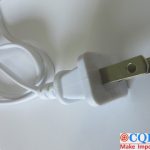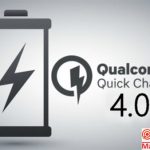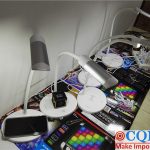USB Power Cord,Understand the Common Connection Methods.
USB power cord is one of the most commonly used electronic connectors at present. Due to the different sizes of each device, many kinds of USB connectors are derived. However, the connection interface is fixed. Today, I will share several common connection methods of USB connectors, hoping to help importers.
Schematic drawing of USB interface
USB power cord consists of four ports: power positive (V+), power negative (V-), data positive (D+) and data negative (D-). Among them, the power supply is 5V.Some connectors have five ports, one of which is an empty pin. Generally, between the device and the host computer, the signal generated by the pull-down resistor of D+ can identify whether the device exists or not, that is, 1.5K pull-up resistor is connected to the pin of device D+ and 15K pull-down resistor is connected to the host computer at D+.

Color definition of USB power cord: the colors of standard USB cables are fixed, usually:
- Red: Power positive (V+)
- White: Negative data (D-)
- Green: Positive data (D+)
- Black: Negative power supply (V- or GND)

Type A socket: Rectangular in shape and composed of 4 pins. Commonly used ones are “A-type socket with 90 degrees curved needle”, “A-type socket with 180 degrees patch”, “A-type socket with 180 degrees straight foot insertion” and “Double-layer type socket with 90 degrees bending feet” are mainly different in welding methods, but the line sequence is consistent.
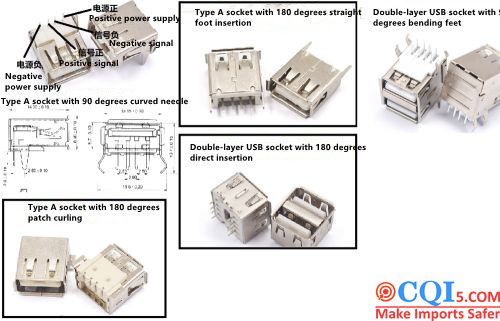
Type A plug: The head of plug is usually directly connected with the wire, mostly welded and generally composed of 4 wires. The shell can be used for shielding.

B-type socket: The biggest difference from A-type socket is that it is square in shape and usually has 4 pins, most of which are straight plug-ins, which are divided into 90-degree curved needles and upright ones, also known as D-type.
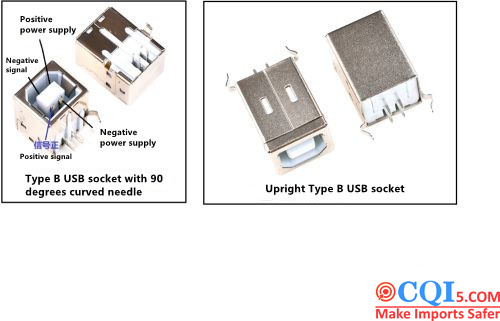
B-type plug: Used to match B-type socket, generally directly connected with wire and the pins are welded.
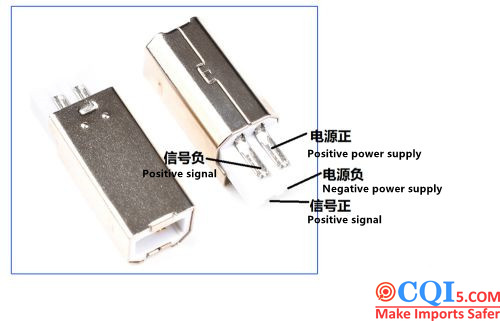
Micro 5P:Miniaturized USB connector, usually used in hand-held devices such as mobile phones and tablet computers, has 5 lead-out terminals.

Mini 5P:The lead-out terminal is similar to Micro, but thicker than Micro 5P.

Matters need attention
The wiring sequence of type A mini USB depends on whether it matches with type A or type B head.
Disclaimer:
CQI5 article information from the Internet and contributions, the copyright of which belongs to the original author, and only represents the views of the original author. This website is only responsible for sorting out, typesetting and editing the articles, reproduced for the purpose of spreading more information, does not imply that it endorses its views or proves the truthfulness, completeness and accuracy of its content, and therefore does not assume any legal responsibility.
The information contained in this article is for reference only and is not intended as direct advice for decision-making.
If we inadvertently violate your copyright, please inform us, after verification, we will immediately correct or delete the content according to the requirements of the copyright holder, thank you! Contact, email: copyright@cqipro.com
This website has the final right to interpret this statement.
Welcome to reprint, Please be sure to keep information complete.
